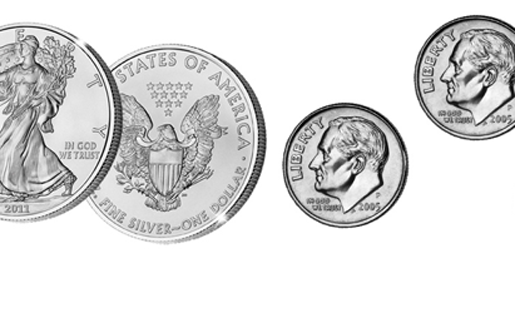One of the biggest complaints about online advertising is that we’ve exchanged print dollars for digital dimes.
One response has been: Well you better start stacking dimes.
The dollar-to-dime problem is at the heart of journalism’s existential woes. I suspect if money were rolling in like it used to, the question of “who IS a journalist” wouldn’t be so passionately debated.
There is a moment I’ve called “the Screenularity“ — it is the moment when consumers do not make a functional distinction between the screens in their life. One can watch video on their handheld screen, one can make a call on the 40-inch screen in their living room. One is not called a “phone” or the other a “TV.”
It is the moment when the Internet and the television truly collide. We see some of it with the tension between TV studios and streaming companies like Netflix or more intensely Aereo. If it truly happens — all of a sudden the money locked into television advertising is up for grabs. It’s a moment where, if news organizations play their cards right, some of their digital dimes can be minted in silver.
Television Advertising has the Wealth of Ad Dollars
In 2012 television took 62.4% of all advertising dollars from major agencies. Radio, newspapers, digital and others had to split the rest.
The advertising industry is just as (if not more) stagnant than the journalism industry. As much as we talk about change and innovation — from a business perspective we’ve put our fate in the hands of an industry that always has seen more value in television than anything else.
But when the television and the interwebs become intertwined. What happens to that money?
Of course — it won’t just be handed over to news organizations. They’ll have to compete along with everyone else. But at least it will be a fair fight. As it stands now — those TV dollars are out of reach.
David Cohn has written for Wired, Seed, Columbia Journalism Review and The New York Times among other publications. While working toward his master’s degree at Columbia University’s Graduate School of Journalism, Cohn worked with Jay Rosen as editor of the groundbreaking Newassignment.net in 2006. Cohn also worked with Jeff Jarvis from Buzzmachine.com to organize the first Networked Journalism Summits. Most recently he is the founding editor of Circa. He was the founder and director of Spot.Us, a nonprofit that is pioneering “community funded reporting.” In academics he has been a lecturer at UC Berkeley’s journalism school and was a fellow at the University of Missouri’s Journalism school at the Reynolds Journalism Institute. He has been a contributing editor at NewsTrust.net, a founding editor of Broowaha and an advisor to many new media projects from OffTheBus.net and Beatblogging.org to The Public Press. He is a frequent speaker on topics related to new media and beyond.
This article originally appeared on David Cohn’s Digidave blog.


Thanks it’s a good read.
The story has a word count of 313 words. The bio has 154 words. Brevity is the soul of wit.